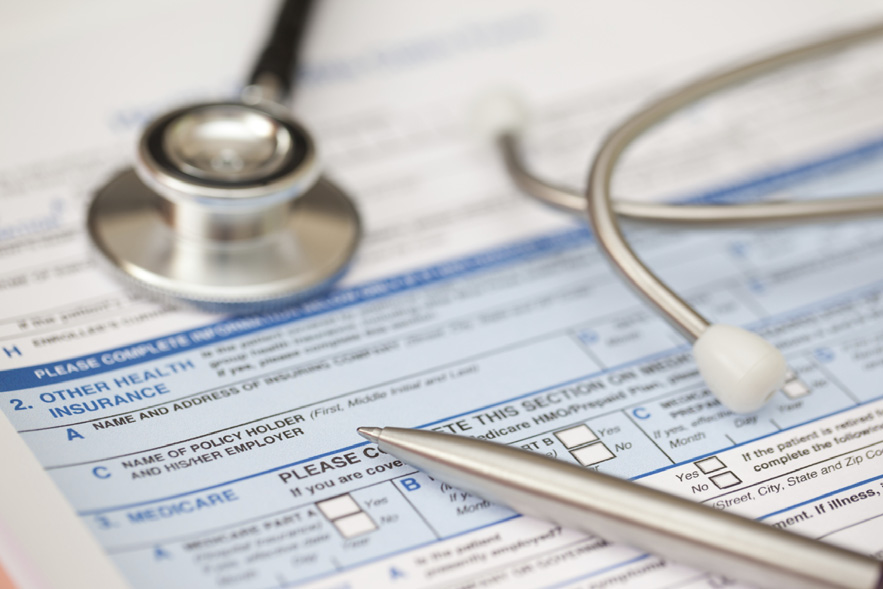Restaurants impacted by the economic fallout of COVID-19 are eligible for a grant up to $10 million to cover eligible expenses going back to February 15, 2020.
The President signed into law the American Rescue Plan Act of 2021on Friday, March 11, 2021, which includes much-needed relief for restaurants and bars. The bill includes a $28.6 billion Restaurant Revitalization Fund that targets grants to small restaurants, initially prioritizing those controlled by women, veterans, and socially and economically disadvantaged individuals.
Who is Eligible for the Restaurant Revitalization Grant?
Eligible businesses include:
| Restaurant | Bar | Food truck |
| Caterer | Lounge | Food cart |
| Inn | Brewpub | Food stand |
| Tavern | Taproom | |
| Tasting room | Saloon |
Essentially, any place of business where patrons assemble for the primary purpose of being served food or drink, including establishments located in an airport terminal or that are Tribally-owned.
Who is Not Eligible for the Restaurant Revitalization Grant?
- State or local government-operated businesses
- Restaurant chains that, together with affiliated businesses, own or operate more than 20 locations as of March 13, 2020,
- Restaurants that have a pending application for or have received a grant for shuttered venue operators, or
- Publicly-traded companies.
How is the Amount of the Restaurant Revitalization Grant Calculated?
The amount an eligible business can receive is equal to their pandemic-related revenue loss, which is the difference between their 2020 gross receipts and their 2019 gross receipts, reduced by any amounts received from the Paycheck Protection Program (PPP) First Draw and Second Draw loans.
For example, if a restaurant’s gross receipts went from $1 million in 2019 to $600,000 in 2020, and they have previously received $150,000 in PPP funds, then the business would be eligible for a $250,000 grant.
What if the Business Was Started In 2019?
If a business began operations in 2019, then the business would need to annualize its average monthly gross receipts for 2019 and compare that to its annualized monthly gross receipts for 2020.
For example, a restaurant opened in July 2019 had average, monthly gross receipts from July to December of $100,000. In 2020 the same restaurant had gross receipts of $500,000 for the entire year. The eligible revenue loss would be $700,000 ($100,000 x 12 = $1,200,000 annualized 2019 gross receipts – $500,000 2020 gross receipts = $700,000).
What if the Business Was Started in 2020?
If the business began operations in 2020, then there are no 2019 gross receipts to compare. These businesses will need to take the differences between qualified grant expenses (i.e., payroll, supplies, utilities, rents, etc.) and their gross receipts for 2020.
For example, a business started in February 2020 had total qualified expenditures of $700,000 and gross receipts of $500,000. It would be eligible for a $200,000 grant.
What is the Maximum Grant a Business or Affiliated Group Can Receive?
The total amount of grants an eligible entity or affiliated group can receive is $5,000,000 per location with a max of $10,000,000 in total.
How Can the Funds be Used?
The grant funds can be used for certain qualified expenditures related to the operations of the business from February 15, 2020 to December 31, 2021. Obviously we are well past February 15, 2020 so business owners can go back and retroactively apply eligible expenses against these grant funds. Essentially, these grants would reimburse restaurants for expenses from 2020 and help these same businesses pay for eligible expenditures through the end of 2021.
Eligible expenses include:
- Payroll cost
- Payments of principal or interest on any mortgage (not including prepayments)
- Rent payments (not including pre-paid rent)
- Utilities
- Maintenance expenses, including walls, floors, deck surfaces, furniture, fixtures and equipment and construction to accommodate outdoor seating
- Supplies, including PPE
- Food and beverage expenses
- Covered supplier cost
- Operational expenses
- Paid sick leave
- Any other expenses the SBA determines is essential to maintaining the eligible business
Can a Business Use the Grant for Payroll and Claim the Employee Retention Credit?
Eligible payroll costs do not include qualified wages used to obtain the Employee Retention Credit (ERC). Business owners may still claim the ERC for 2020 and 2021 but wages used in calculating the ERC cannot be paid with grant funds.
Will Everyone Who’s Eligible Receive a Grant?
Unfortunately, not everyone who is eligible and applies for the grant will receive funds. The law only makes available $28.6 billion in funding compared to the more than $800 billion available through the PPP since the start of the pandemic. This program is extremely targeted and only certain groups of business owners will receive grants.
The bill includes $5 billion for eligible businesses with less than $500,000 in gross receipts in 2019, and the remaining $20 billion will be distributed by the SBA in an “equitable manner to eligible entities of different sizes based on annual gross receipts.”
During the initial 21-day period in which the SBA is awarding grants it must prioritize awarding grants to small businesses owned or controlled by women, veterans, or socially and economically disadvantaged businesses.
Finally, if after 60 days the funds have not been exhausted the SBA will have discretion to administer grants to eligible businesses without regard to annual gross receipts.
How to Apply for Restaurant Revitalization Grant?
Applications will be administered through the SBA. The SBA indicated applicants will NOT need a DUNS number or registration with SAM.gov. More information on the application process is expected to be released early April.
Author: Jeremias Ramos, CPA | [email protected]
Withum’s Tax Team to help address your business challenges by filling out the form below.






